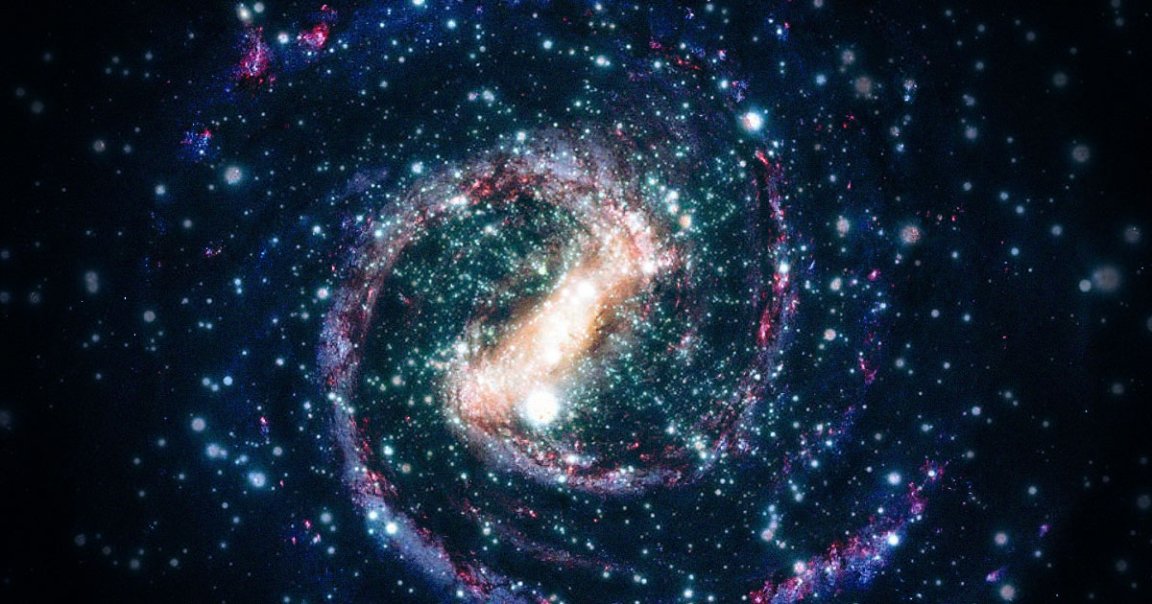
The detection of a large interstellar object in 2017 named ‘Oumuamua was a landmark discovery. Figuring out where the wayward traveler came from, though, is another challenge entirely, especially since it subsequently cruised back out of our star system.
Nevertheless, that hasn’t stopped intrepid astronomers from trying. In a case study published in the Planetary Science Journal and spotlighted by Universe Today, the researchers from The University of Western Ontario hypothesize a scenario in which our nearest stellar neighbor, Alpha Centauri, may be sending a steady stream of “interstellar material” our way.
And tantalizingly, what they found suggests that our solar system may already be flooded with visitors from the star system, which is about 4.25 light years away. These objects range from microscopic in size to well over 100 yards in diameter — a far more significant presence than the background level of gas and dust diffused throughout the cosmos.
However, the odds of encountering one of these objects within the heart our solar system remain exceedingly low, with only a one-in-a-million chance that an interstellar visitor is located within ten astronomical units, or just short of one billion miles, of the Sun, according to the scientists.
Though it appears as a single bright speck in the sky, Alpha Centauri is actually a triple star system, with several suspected exoplanets, including a super-Earth called Proxima Centauri b, with more thought to be lurking in the shadows. Two of the stars are Sun-like ones locked in a binary dance, while another star, a dim red dwarf, acts as the proverbial third wheel.
And with all those big personalities involved and clashing gravitational egos, it’s likely that Alpha Centauri boots out a significant amount of material, some of which may have reached the Oort Cloud, a shell of icy objects that surrounds the solar system, the researchers said.
Alpha Centauri is also moving towards us, and in some 28,000 years from now, it’ll reach its closest point at a distance of a little over three light years away, raising the odds of an interstellar influx in the future, too.
“Though mature star systems likely eject less material than those in their planet-forming years, the presence of multiple stars and planets increases the likelihood of gravitational scattering of members from any remnant planetesimal reservoirs, much as asteroids or comets are currently being ejected from our solar system,” the researchers wrote in the study.
In fact, the astronomers estimated there could be over 1,000,000 objects larger than 328 feet in diameter from the nearby system lurking in the Oort Cloud. For reference, ‘Oumuamua is believed to be anywhere between 328 to 3,280 feet long. That’s a lot of refugees.
It’s unlikely we’ll ever detect the vast majority of them, though. And when you consider the astronomers determined that particles as small as just ten microns, or about the size of a human blood cell, could survive the ten million-year journey over, it sounds like our corner of the universe may be awash with interstellar particles that even our most advanced instruments will have no chance of picking up on.
A silver lining: the authors predict that around ten Alpha Centauri rejects could enter the Earth’s atmosphere, where they’d be detectable as meteorites. With any luck, some of them could originate from one of the star system’s exoplanets, providing a potential glimpse of worlds light years away.
“A thorough understanding of the mechanisms by which material could be transferred from Alpha Centauri to the solar system not only deepens our knowledge of interstellar transport but also opens new pathways for exploring the interconnectedness of stellar systems and the potential for material exchange across the Galaxy,” the paper reads.
More on space: Don’t Panic, But the Chances of That City Killer Asteroid Hitting Earth Just Almost Doubled